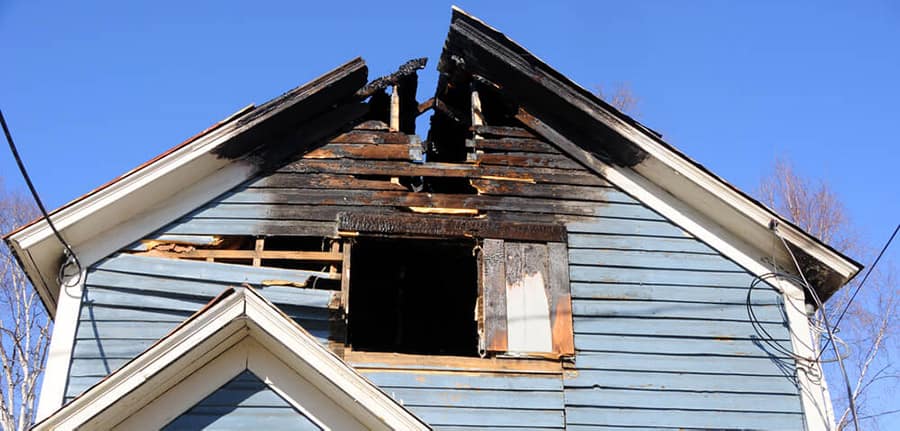
You’ve found your dream home and have an accepted offer. Congratulations! Now it’s time to order your home inspection to ensure there aren’t any significant issues present. Safety issues are a growing concern nowadays when it comes to moving your family into a new house.
Common safety issues found in home inspections include electrical problems, asbestos, radon gas, carbon monoxide, lead-based paint, mold, and structural problems that may present a safety hazard.
The home buying process is often a long and drawn-out procedure with a seemingly never-ending series of hoops to jump through before you can finally enjoy your new home. However, it’s vital to carry out a home inspection to identify hazards that could pose a safety threat to you and your family.
This article will look at nine safety issues that can arise on a home inspector’s report and why they are considered a hazard. While a home inspector must report their findings only to the client, according to the NACHI Code of Ethics, there is a duty to warn where a safety issue is present.
I. Duty to the Public
Source: https://www.nachi.org/code_of_ethics.htm
[…]
7. The InterNACHI member shall not communicate any information about an inspection to anyone except the client without the prior written consent of the client, except where it may affect the safety of others or violates a law or statute.
[…]
Of course, this is somewhat subjective. Each home inspector will likely have their viewpoint on this subject. Most home inspectors consider it their ethical and moral duty to inform the relevant parties of any serious safety issues that could present a hazard to those living in the home.
The legalities surrounding this issue are somewhat of a gray area. It largely depends upon what state the home inspection is conducted as to whether or not the home inspector is required to report hazards by their state’s licensing authority.
For example, if I’m inspecting an older house with GFCI protection (and wasn’t required because of age), I would notify my clients but likely not the sellers. However, if a gas or carbon monoxide leak were detected, I would undoubtedly inform the seller that the issue exists.
*A home inspector is not a technical specialist. However, they can offer recommendations that you hire one if the situation requires it.
Let’s jump into our list of the top 11 safety home inspection issues with all that being said.
Electrical Safety Issues
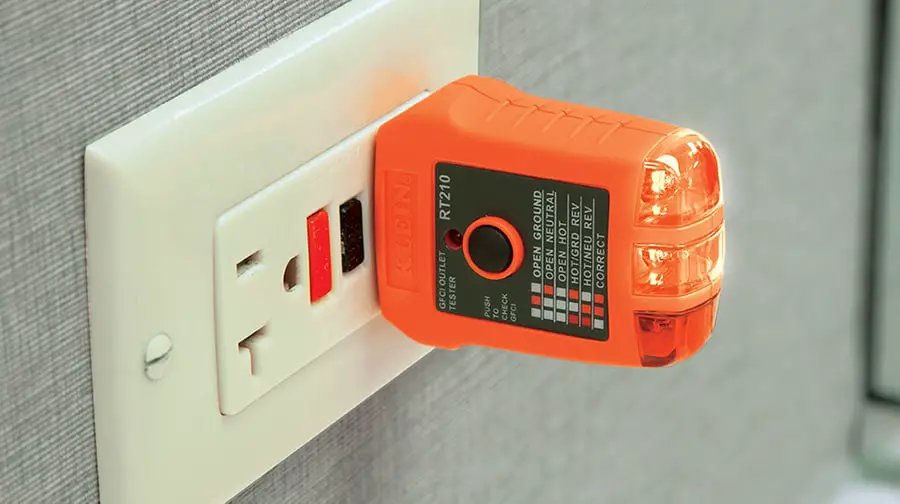
According to the National Fire Protection Association, “electrical failures or malfunctions were the second leading cause of U.S. home fires in 2012-2016 (behind fires caused by unattended equipment), accounting for 13% of home structure fires.” March 2019 report from the National Fire Protection Agency.
In addition to this, these fires also accounted for the second-highest share of civilian deaths and direct property damage—a frightening statistic. The Electrical Safety Foundation International (ESFI) states that home electrical fires cause over $1.3 billion in property damage each year in the USA alone, but why are there such high levels of electrical fires in the USA? What what is their cause?
One of the primary drivers behind these statistics is the prevalence of outdated and unsafe electrical systems in older homes. The methods, materials, and equipment used 60+ years ago often fail to stand up to the test of time and create hazards throughout the house.
Aside from the obvious fire hazards, unsafe electrical systems also present a risk of electric shock and can cause severe or even fatal injury.
Let’s take a look at some of the most common electrical safety issues found during a home inspection:
Outdated wiring system
In the past, homes were installed with outdated wiring systems, such as knob and tube wiring and solid aluminum wiring, which can cause serious issues. These electrical systems operate without a proper grounding system and can overheat, causing a fire hazard. These systems are more common in homes built in pre-1973.
Ungrounded receptacles
Home inspectors must report ungrounded receptacles as per their Standards of Practice. The lack of grounding wire presents both a shock and fire hazard. The presence of 2-prong receptacles can quickly identify ungrounded receptacles.
You can replace ungrounded 2-prong receptacles with 3-prong receptacles without rewiring the house provided ground fault circuit interrupter (GFCI) protection is provided, and the receptacle is labeled “no equipment ground.
You can locate GFCI protection for the circuit inside the breaker box or at each receptacle.
Double-tapping of circuit breakers
This deficiency in the electrical panel where two or more “hot” wires run to one circuit breaker slot where only one circuit is allowed. This is improper electrical work and typically found where electrical panels have no additional breaker slots or where you performed DIY work. This presents a fire and shock hazard.
You should note that some breakers do allow for up to 2 circuit wires for the breaker. The sticker would identify this on the breaker, which will have “1 or 2” printed on the label. If no sticker is present, you should consult a licensed electrician.
Absence GFCI protection
GFCI circuits are a safety device to protect against electrical shock. GFCI stands for ground fault circuit interrupter should be located in wet areas such as bathrooms, kitchens, laundry rooms, garages, exterior, crawl spaces, etc.
A GFCI receptacle works by cutting power to an electrical receptacle to protect against electrical shock. GFCI receptacles have a sensor that detects electrical imbalances as low as 4-5 milliamps across the hot and neutral terminals. Once an imbalance occurs, the sensor instantly breaks the circuit by cutting power to the receptacle.
Any other evidence of poor DIY work
Surprisingly, a large number of people try their hand at DIY when it comes to electric work. When done incorrectly, this causes severe fire and shock hazards and needs to be rectified. In most cases, poor electrical work causes arcing between outlets, circuits, and appliances, a significant fire hazard.
Arcing faults are responsible for starting over 28,000 fires in the USA each year and are directly responsible for killing hundreds of people. According to the ESFI, “arcing was the heat source in approximately three of five home fires involving electrical failure or malfunction.”
Common DIY electrical defects include:
- Receptacles with reversed polarity (wired backwards)
- Abandoned electrical wires where appliances like waste disposals or power ventilators were removed.
- Open electrical junction boxes
- Exposed exterior and interior electrical wires
Smoke & Carbon Monoxide Detectors
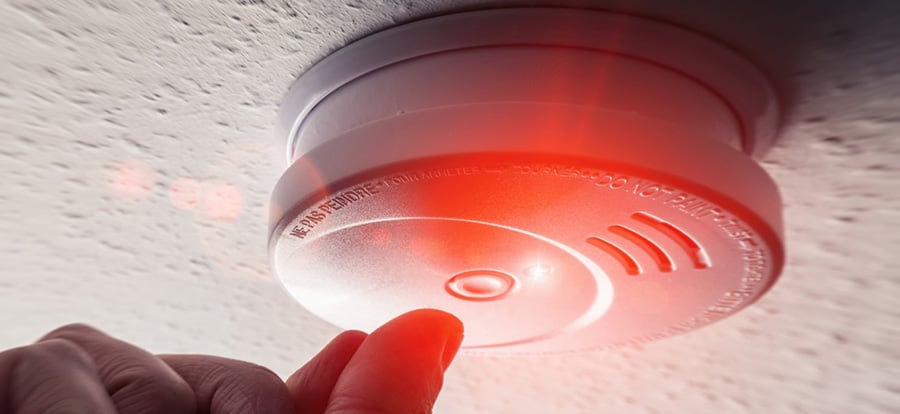
Fire is the third leading cause of home deaths in the USA, claiming over 3,000 lives each year. However, you could prevent many of these deaths if the home had a functioning fire/smoke detector installed on the property.
The NFPA claim that sixty-five percent of home fire deaths result from fires in homes with no working smoke detectors. In both the ASHI and NACHI Standards of Practice, home inspectors must identify smoke detectors in the house and make sure that they are up to code.
Older houses typically have smoke detectors only in the hallway outside of sleeping areas. However, current standards require smoke detectors inside and outside sleeping areas.
Another device that inspectors look for is carbon monoxide detectors. According to the CDC, “every year, at least 430 people die in the U.S. from accidental C.O. poisoning. Approximately 50,000 people in the U.S. visit the emergency department each year due to accidental C.O. poisoning.”
Mold

There have been plenty of horror stories recently surrounding dangerous species of mold that can cause severe and sometimes fatal illnesses. Certain types of mold can trigger severe asthma episodes in susceptible people and cause adverse allergic reactions.
Both the CDC and EPA recognize the health concerns around mold, which is why home inspectors take note of these issues as a safety concern. While it is not the home inspectors’ job to identify the species of mold, it’s worth noting that some types are more harmful than others.
Stachybotrys, more commonly known as black mold, can cause flu-like symptoms, headaches, and even memory loss. Chaetomium and Aspergillus are two of many other types of mold that can cause serious health issues, especially for small children.
Not only can mold be damaging to human health, but it is also a sign that there is excess water throughout the property, which could mean further issues.
Structural Safety Issues
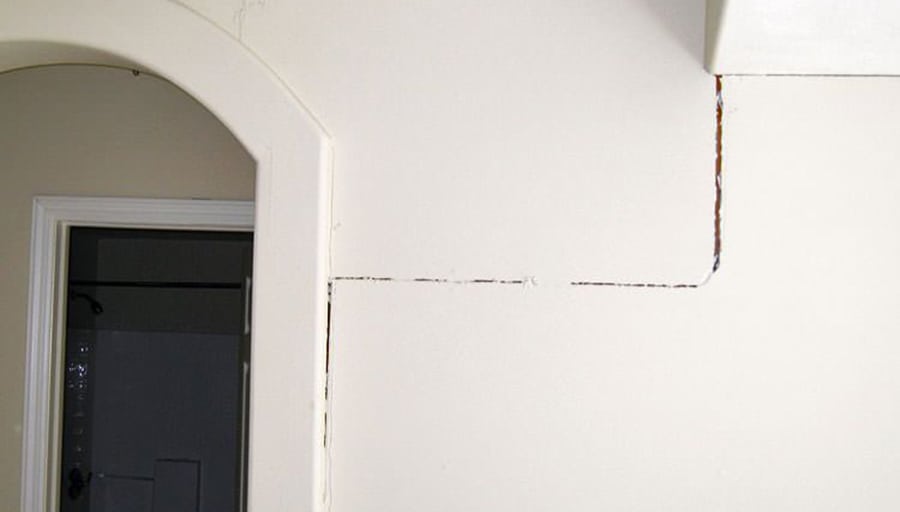
The home inspector shall inspect the basement, foundation, crawlspace & structure for damage and features that require correction. Structural damage can occur for several reasons; some are less of a concern than others.
However, a home inspector must report evidence of:
- active water penetration
- observed indications of possible foundation movement, such as sheetrock cracks, brick cracks, out-of-square door frames, and unlevel floors
- any observed cutting, notching, and boring of framing members that present a structural or safety concern.
These issues all present a considerable safety risk to the occupants if they are left unrepaired for a substantial period. Significant water damage can cause foundation shifting beneath the property, which puts extra structural pressure on specific house areas. This can result in bowing and leaning walls which have the potential to fail and collapse under pressure.
In addition to this, the home inspector will take some time to assess the roof’s condition to ensure it’s in working order. Inadequate roofing can lead to water penetration at an upper level which can damage key structural features.
Pest Infestations
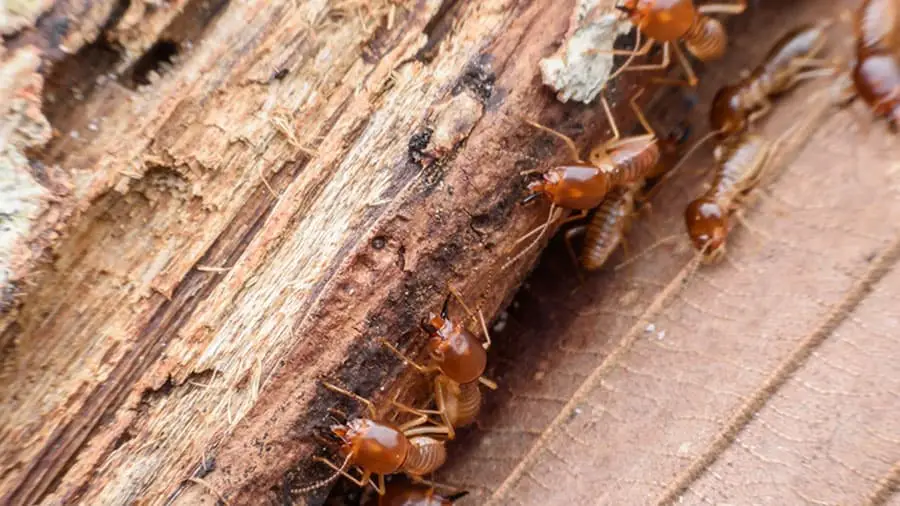
There are some wood-eating pests out there that love to chew on critical support structures throughout the house. Termites are the main culprit for this and are solely responsible for causing billions of dollars of property damage in the USA each year.
One of the reasons this can be dangerous to the occupants is that they are tough to identify. Termites and other wood-eating insects are referred to as silent destroyers, and most of the time, you won’t even know they are there until it’s too late. If these pests are eating away at critical support structures, they could cause walls and floors to collapse, which is not good news for anyone standing nearby.
The presence of vermin poses apparent threats in the form of disease and food contamination. In addition to this, mice and rats can chew through electrical wires and cause safety hazards.
HVAC & Ventilation Issues
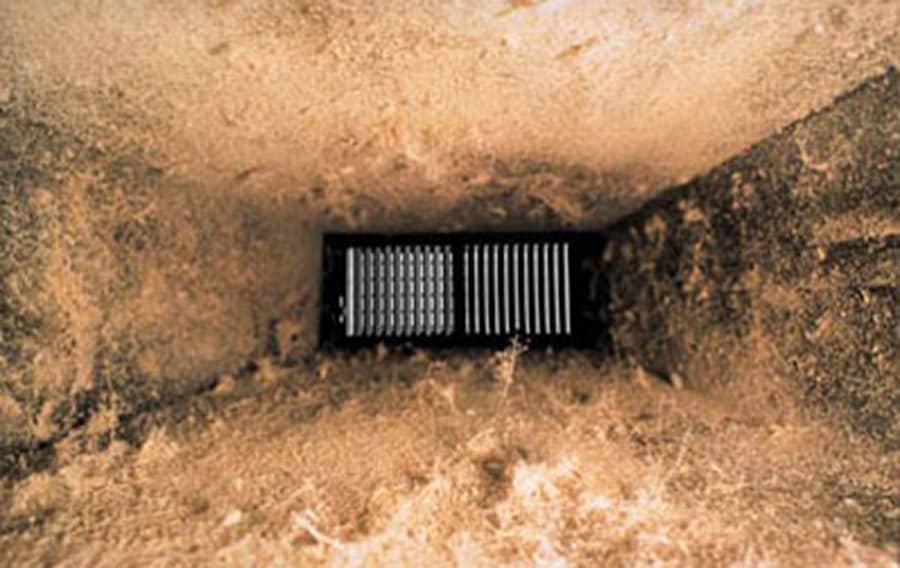
The average American spends up to 90% of their time indoors, and a large portion of that time is in our homes, which is why it’s critical to maintain a high level of indoor air quality. It affects our health, comfort, and overall well-being, which is the main reason why most people have an HVAC system installed on their property.
Pollutants in the air increase the risk of illness, and the EPA have suggested that the level of contaminants can often be higher indoors than outdoors. This highlights the importance of having a functioning HVAC system that filters out pollutants, allergens, and harmful particles from the air.
An HVAC running with a dirty air filter or no air filter can indicate that the ductwork and inner coils are dirty and produce poor indoor air quality.
If you don’t do HVAC maintenance service regularly, you could have poor indoor air quality and not even realize it. It is recommended your HVAC system be serviced annually and your air ducts cleaned about every 7 years.
Home inspectors identify the condition and functionality of the HVAC system and ductwork throughout the property. HVAC systems are also one of the most expensive appliances to run on your property, so it’s worthwhile making sure that it’s working correctly and that it’s doing its job as it should.
Radon Gas
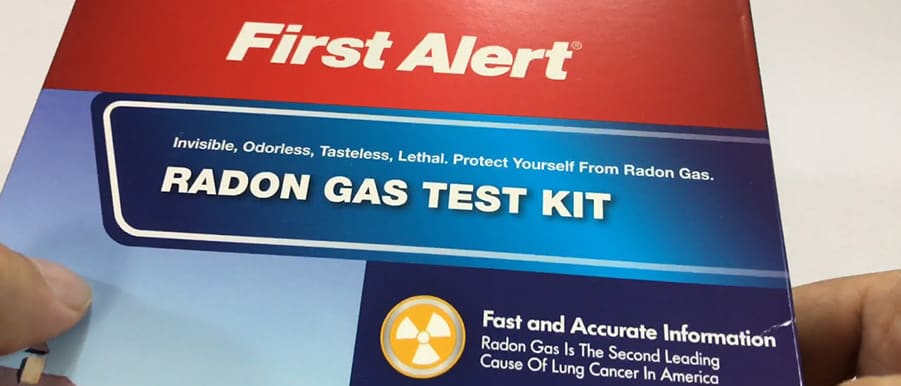
Believe it or not, radioactive gases are not exclusive to science fiction series and National Geographic documentaries. Across the USA, many cases of radon gases have come up from in the soil due to nearby decaying uranium deposits. As you can imagine, this is not good news for our health and can cause a wide range of nasty side effects.
The U.S. Surgeon General states that radon poisoning is the second highest cause of lung cancer in the country and is found in many homes throughout the USA. Understandably, this startling statistic caused somewhat of a panic when it was first revealed.
This is why it’s vital that radon testing is done as part of the home sale process so that all parties know they are safe. The problem with radon is that it is an invisible gas and is extremely hard to detect. Fortunately, there are tests out there that take the guesswork out of the equation.
Testing for radon is now widespread in the real estate market, and the EPA recommends all residential buildings should be tested for radon levels during the house sale process.
As for the test results, the EPA recommends that a home is under 4.0 picocuries per liter of air. If the house fails this test, a radon remediation service can cost upwards of $1,000.
Asbestos
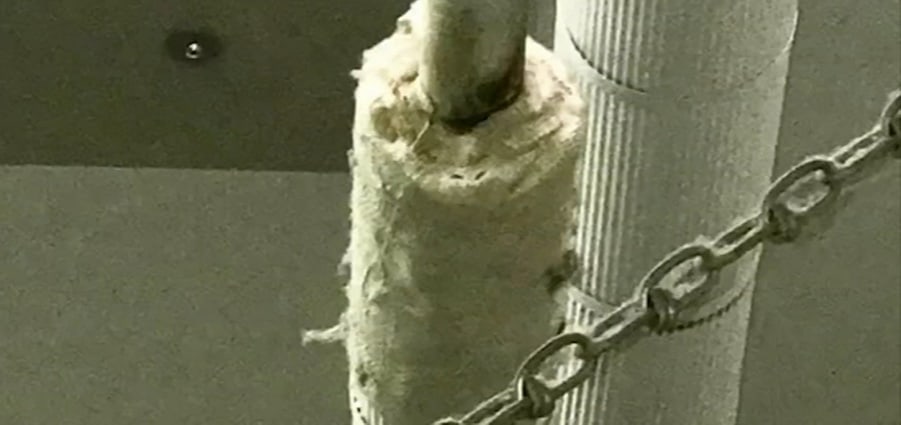
Generally, it is not the home inspector’s job to identify the presence of asbestos in the home. However, it deserves mentioned in our list. Most experienced home inspectors will be able to spot the telltale signs of potential asbestos use and should be able to recommend a professional asbestos inspection if deemed necessary.
Asbestos-related diseases are said to kill more than 39,000 Americans each year. This naturally occurring mineral is known to cause some types of cancer and other serious illnesses. Unfortunately, asbestos was a top-rated product in manufactured goods during the 1970s. Since then, asbestos exposure has become the no. 1 cause of work-related deaths in the world.
For the most part, asbestos is not immediately hazardous if it is in your home, as long as it is left undisturbed. The mineral is entirely safe if it remains in the paint on the walls or other materials throughout the house. However, if this material becomes disturbed for any reason, the dangerous fibers can become airborne, which presents a severe health hazard.
The danger lies when homeowners come to carry out renovation or building work on the property, releasing harmful chemicals into the air. Trained and accredited asbestos professionals can seal the asbestos or remediate it if required.
Lead Based Paint

Another common hazard that arises due to outdated practices is the use of lead-based paint. In 1978, the U.S. banned lead-based paint and other lead-based products for use in residential properties. Any properties that you built before this time may have some form of lead-based paint throughout their home.
According to the EPA, lead-based paint is similar to asbestos because it does not pose any health concerns as long as it remains undisturbed. When disturbed, it can cause lead-poising to people who come into contact with it, leading to serious health issues.
Children are the most at risk of lead poisoning as they are more likely to chew paint that flakes off the walls and woodwork around the house, exposing them to high levels of the poisonous substance.
In addition to this, children are far more susceptible to lead poisoning than adults, which can be detrimental to their brain development. The list of symptoms is long, but some of the more serious include coma, convulsions, damage to the central nervous system, and even death.
Sellers of homes date pre-1978 are required by law to disclose any know uses of lead paint throughout the house. The buyer is then extended a 10-day window to test the home themselves for any further use of the substances.
Many home inspectors will check for lead paint, but not all of them. It is not a requirement as per their standards of practice. However, if they suspect its presence, they should refer the buyer to a certified lead inspector who will identify and remove it.
Steps, Handrails, and Walking Surfaces
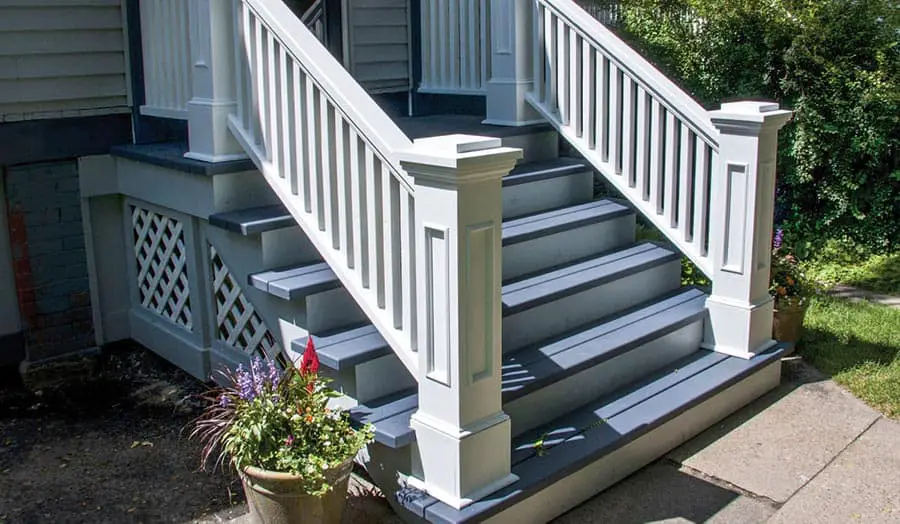
Trip and fall hazards around your home could cause harm to you and others. This could lead to serious medical bills or worse a lawsuit against you for negligence.
Steps over 4 in height need to have a hand rail present and railing around the landing platform. Loose step boards or bricks could also cause a fall. Pickets on railings need to be no wider than 4 inches. If you can pass your fist between the railings, they likely don’t meet safety requirements.
Paved surfaces like driveways, walkways, and patios should be flat with no broken payment or brick pavers. Often unevenness is caused by tree roots or soil erosion. As the soil shifts, unevenness occurs, creating a tripping hazard that you or a loved one will fall.
Windows That Won’t Open
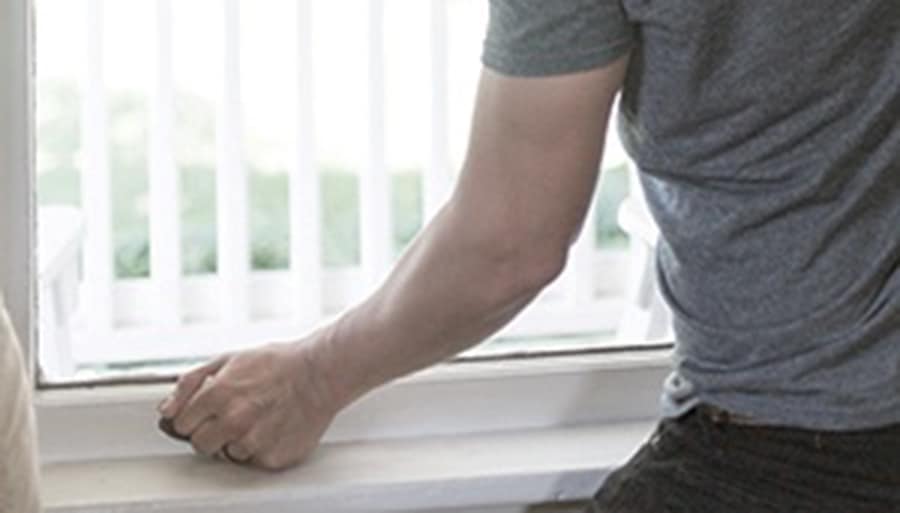
Windows are often not thought of as a fire safety measure. However, windows are a vital part of fire safety. All bedrooms should have 2 forms of egress; a door and an operable window.
However, we often find older windows that are screwed or painted shut or have security bars installed that prevent exit if a fire occurs. It’s essential to have at least one operable window in each room.
Suppose you have security bars on your windows. In that case, it is recommended these be removed, and an alternative security method installed, such as alarm sensors which would not prohibit escape if a fire were to occur.
Final word
We spend a large chunk of our lives at home, living with our children and partners. This is why it’s paramount to ensure the safety of all the home’s occupants by hiring a home inspector who will identify any potential risks and health hazards.
As we have mentioned, many safety concerns are not easy to spot at first glance, especially to the untrained eye. I’m sure some safety issues would be unique to each property. This is why it’s essential to have a home inspected.
If you’re spending a substantial amount of money buying a new house, it’s worth the extra $300-$500 to get the peace of mind that you know what you’re walking into, and no severe dangers are lurking around the corner.
Thanks for reading.







